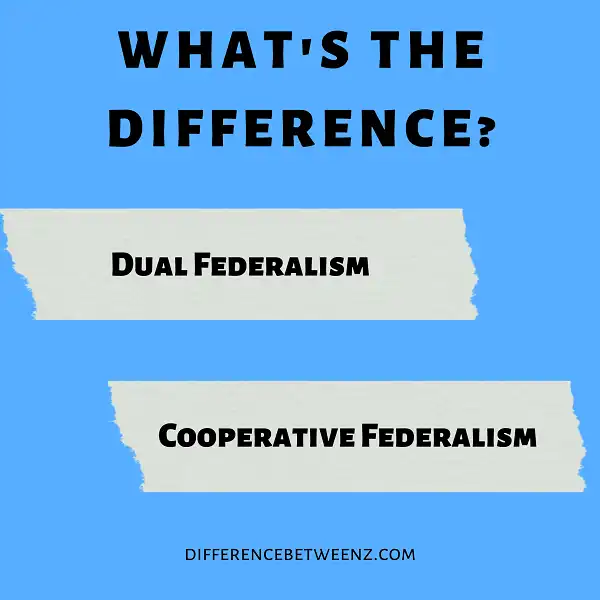There are two main types of federalism in the United States- dual and cooperative. Dual federalism is the older, traditional form where the states and national government have clearly divided responsibilities. Cooperative federalism is a newer type where the states and national government work together more closely. Each has its own advantages and disadvantages, so it’s important to understand the difference before making any judgments about which is better.
What is Dual Federalism?
Dual Federalism is a political arrangement in which power is shared between the federal government and the states. Under this system, the federal government is responsible for matters that fall under its jurisdiction, such as defense and foreign policy, while the states are responsible for issues that fall within their purviews, such as education and transportation.
Dual Federalism allows for a balance of power between the different levels of government, ensuring that no one level becomes too powerful. This system was established in the United States Constitution and has been in place since the country’s founding. Dual Federalism ensures that both the federal government and the states have a role to play in governing the country.
What is Cooperative Federalism?
Cooperative federalism is a system in which the national government and state governments work together to solve common problems. Under this system, the national government sets goals and establishes policies, while the state governments carry out the day-to-day work of implementing these policies.
This system allows the different levels of government to share resources and expertise, making it possible to address problems that are too large for any one level of government to handle on its own. Cooperative federalism has been a key part of the American political system since the founding of the nation, and it continues to play an important role in our country today.
Difference between Dual Federalism and Cooperative Federalism
Dual federalism is a system in which the national and state governments are both seen as having separate and equal authority.
- Under this system, the national government is responsible for matters such as defense and foreign policy, while the state governments are responsible for issues like education and transportation.
- Cooperative federalism, on the other hand, is a system in which the national and state governments work together to solve problems.
- This system developed in response to the increased needs of the nation during the Great Depression and World War II.
- Federal programs like Social Security and Medicaid are examples of cooperative federalism in action.
While dual federalism is still technically in place, cooperative federalism is the dominant system in the United States today.
Conclusion
Dual federalism is a system in which the national and state governments have separate spheres of authority. Cooperative federalism is a system in which the national and state governments work together to achieve common goals. The two systems are quite different, and it’s important to understand the difference when discussing American government structures.


